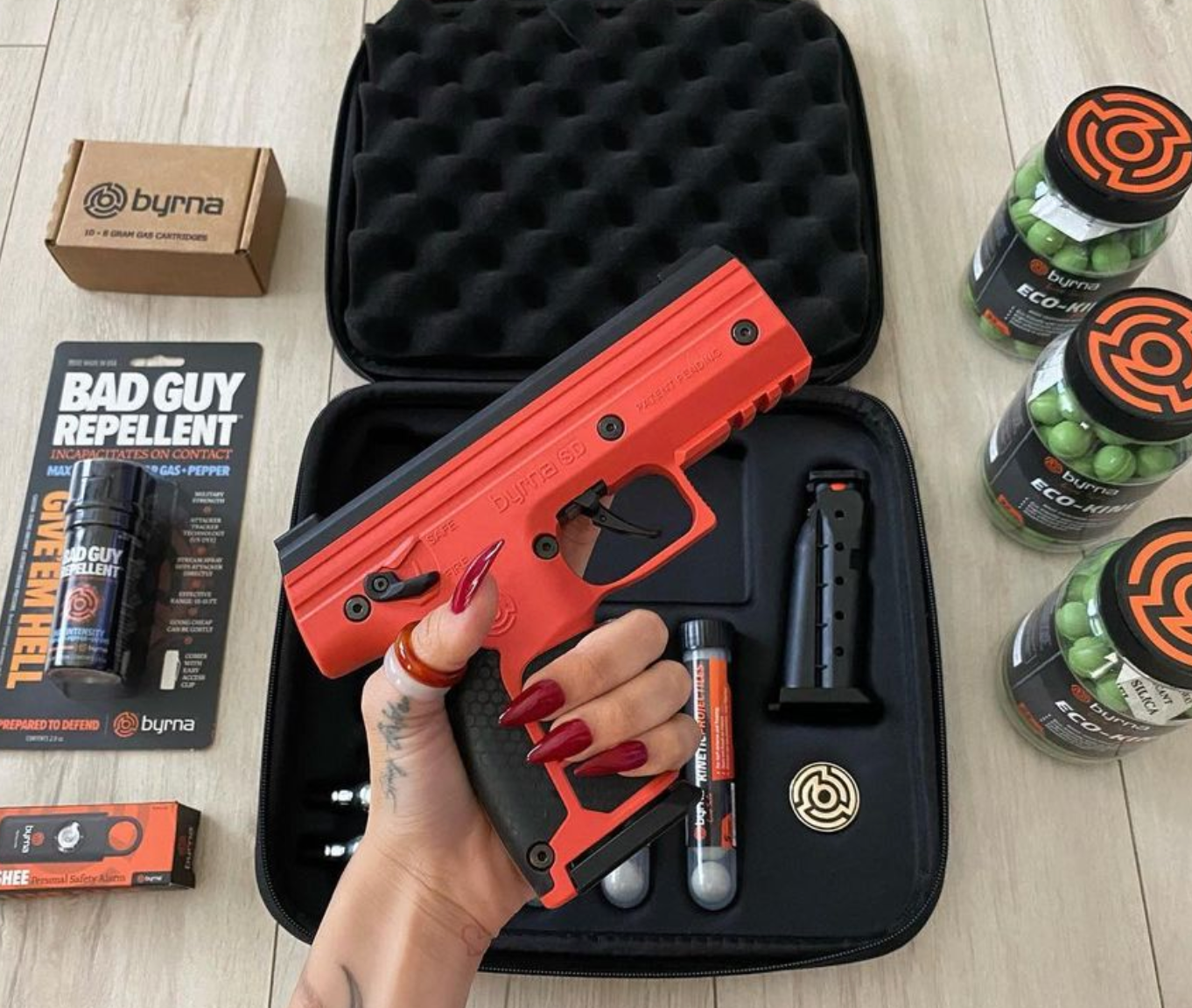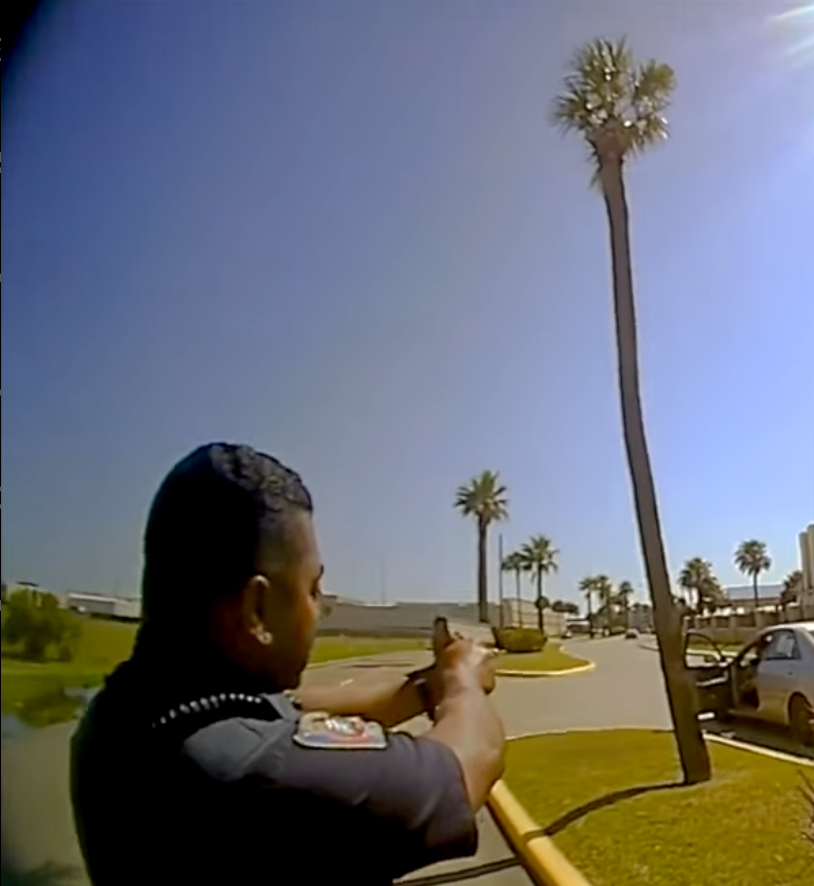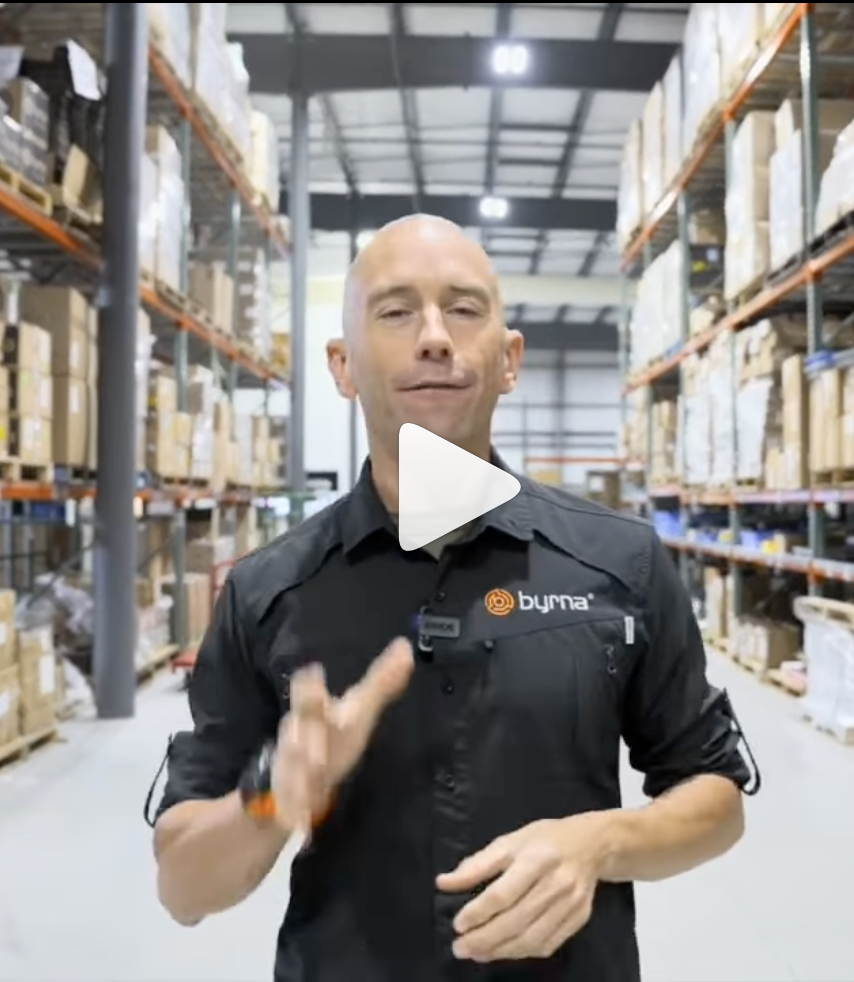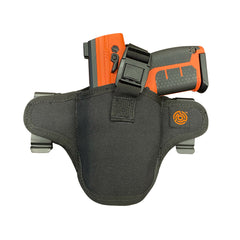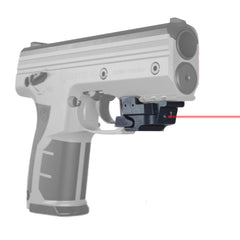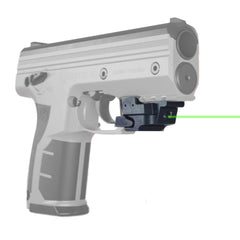Home Safety and Personal Self-Defense Options for Abuse Victims
By Vicki Ritterband
While the Covid-19 coronavirus pandemic has disrupted just about every aspect of our lives, it’s been especially dangerous for people in abusive relationships. Abusers isolate their victims from the support systems that can provide them with a way out. But now, because of stay-at-home and safer-at-home orders, schools and workplaces are operating virtually, places of worship and other gathering places are shuttered, and social service agencies are much harder to access.
The pandemic has also magnified the stressors that fuel domestic violence, including job loss and substance abuse. The fear of becoming ill from the coronavirus adds to everyone’s anxiety. And for those who live in particularly close quarters, especially in urban areas, there is nowhere to go to cool off or calm down.
While there are reports around the world of significant increases in intimate partner violence, precise numbers have always been difficult to come by because of victims’ reluctance to report abuse. And during a pandemic, it’s even harder to ascertain the true scope of the problem for a variety of reasons, including that victims may be less inclined to call domestic violence hotlines and other sources of help because of lack of privacy. Victims may be loath to move into a shelter for fear of living in a congregate setting where the risk of infection is greater. Friends or relatives who might otherwise open their doors may hesitate to offer a safe haven and expose their own families to infection. States like New York, which has seen a dramatic uptick in reports of domestic violence, have tried to help victims report abuse safely: it has instituted a 24/7 staffed text message hotline and a confidential website.
So what advice can be offered to men and women living under dangerous conditions who are afraid to seek help? While some have suggested that arming victims with a firearm is a sensible solution, there is scant evidence that this actually works. The possibility that the firearm will end up in the hands of the aggressor can’t be ignored. There are plenty of cases where this has happened.
There are less lethal alternatives to a firearm for home safety and personal self-defense. These alternatives can be effective without presenting a lethal risk if turned on the victim. They include pepper spray, stun guns and a new alternative, the Byrna® HD personal safety device. The Byrna HD has some important advantages over the alternatives, including that it offers the largest safety zone — up to 60 feet— and will disable an attacker even if it misses the target but hits the ceiling or a nearby wall. And unlike the short-lived jolt of a stun gun, the Byrna’s chemical irritants typically disable the target for 10-15 minutes, giving the victim ample time to get away and call for help. The “form factor” of the Byrna HD — its similarities in appearance to lethal handguns — may deter some attackers outright. Owners have reported that potential attackers fled as soon as the Byrna HD was pointed at them.
Owning a Byrna HD is by no means a panacea for the multi-faceted issue of domestic violence, but it does offer some critical advantages over other tools of self-defense.
Time will tell what the exact fallout from the Covoid-19 coronavirus pandemic will be for victims of domestic violence, but what is undeniable is that these past months have thrown into stark relief the many threats to society’s most vulnerable.
Vicki Ritterband is a Boston-based writer with a long-time interest in women’s issues and self-defense.



